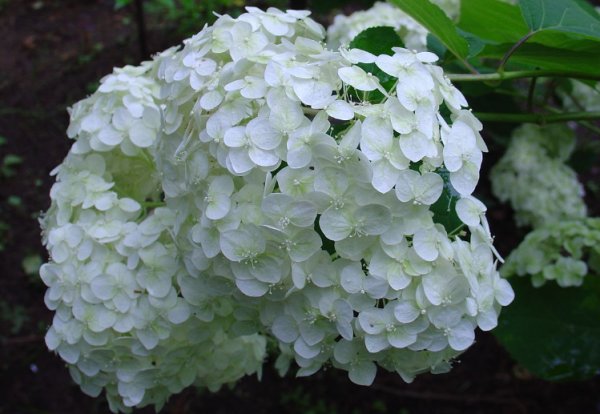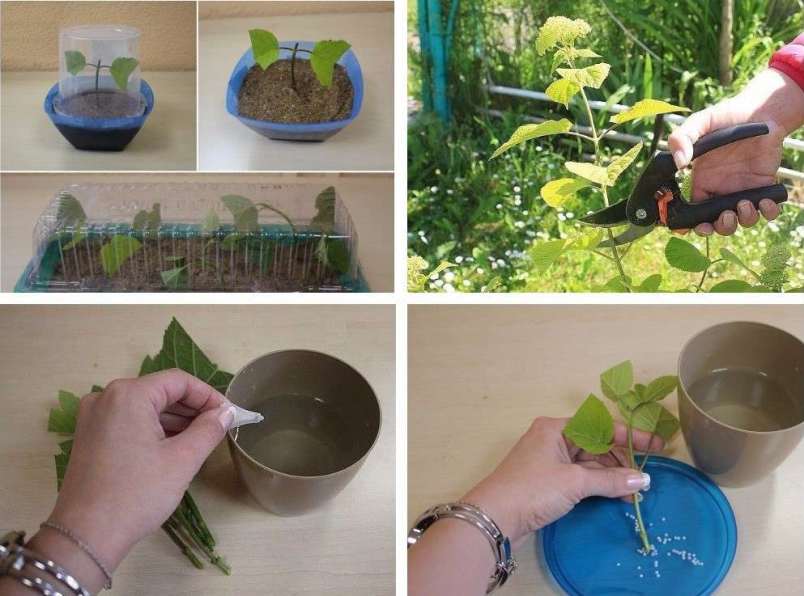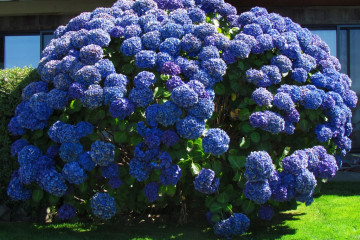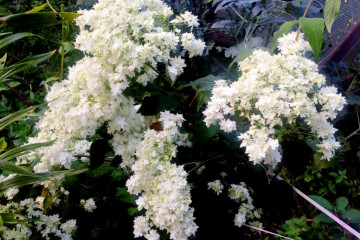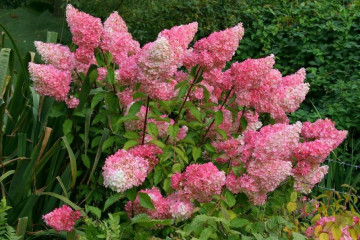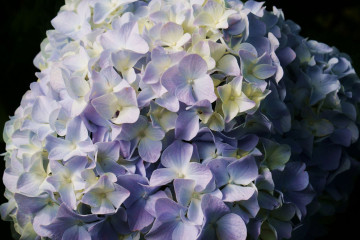Hydrangea Strong Anabel - description, planting and care
Content:
The gorgeous tree-like Strong Annabel hydrangea with huge spherical inflorescences does not leave indifferent any person who has seen it at least once. It is a decoration for garden plots and park ensembles. In order for the flowering of the shrub to be abundant, it is important to provide proper care for it.
Description of the variety and its characteristics
Annabelle is one of the oldest varieties of tree hydrangea. It was bred in the 18th century in the USA, and after a few decades, the culture began to be grown in all the gardens of the world.
Many associate this flower with the sincerity of feelings shown in any situation. According to a Japanese legend, once the emperor apologized to the family of his beloved by sending them a bouquet of Strong Annabelle hydrangeas. According to the Victorian language of flowers, this plant is a symbol of indifference and coldness.
Most often, hydrangea is a shrub with a height of one to three meters. But there are species that resemble small trees. The culture blooms profusely from early spring to late autumn. Usually the flowers are white, but in some species they are red, blue, pink and even lilac.
Planting and further care
The best time to plant a plant is early spring, when the night frost is over. Although planting work can be carried out in the autumn period (for example, in September).
For cultivation, it is advisable to choose a sunny place, but half-shaded is also suitable. Hydrangea Strong Anabel does not tolerate calcareous soils and is almost not susceptible to fungal diseases. The culture tolerates winter and temperature changes well, but needs annual pruning.
Landing is done according to the following scheme:
- The container is filled with peat or sand.
- A stalk or seed is placed in it, which is covered with sand from above.
- Then you should cover the container with a piece of glass and moisten the seedling 2 times a week for two weeks.
It is necessary to feed the shrub, alternating mineral fertilizers with organic ones. This is done twice a month, starting in spring. During the flowering period, the amount of mineral dressings should be increased.
Reproduction
The hydrangea tree-like hydrangea arborescens Strong Annabelle reproduces in arcuate layers. Cuttings are usually taken in early summer or early autumn from shoots that have not yet bloomed. The length of the cutting is a little over 10 cm. It is fertilized with a growth stimulant and rooted in a container filled with peat.
Diseases and pests, ways to deal with them
When growing hydrangeas of the Strong Annabelle variety, inexperienced gardeners are often faced with yellowing of the foliage, dryness, and wilting of the bush. To eliminate these problems, it is important to feed the plant in a timely manner, properly water it with settled water and in the summer, on the hottest days, to shelter it from the scorching sun.
Diseases and pests to which the culture is susceptible:
- Powdery mildew is a fungal disease in which the leaves become covered with white spots. To get rid of the disease, you need to treat the healthy parts with fungicides, and remove the affected areas of the crown.
- Spider mite is a pest that braids the affected areas of the plant. As a treatment, it is necessary to cleanse the flower from the pest and apply insecticides to the diseased areas.
Use in landscape design
Gardeners are very fond of using the Anabel hydrangea in landscape design, both in group plantings and as a single plant. Hydrangea looks impressive against the background of a hedge of coniferous crops. Also, it can be combined with geraniums and various ornamental grasses, if the garden is designed in the English style. Ferns are a good addition to the shrub.
Hydrangea of the Strong Annabelle variety does not lose its popularity. Unpretentious to care for, it remains one of the favorite plants of gardeners. Ease of care, the beauty of the culture during flowering and its resistance to frost make it possible to create real greenhouses on the territory of parks and areas.

